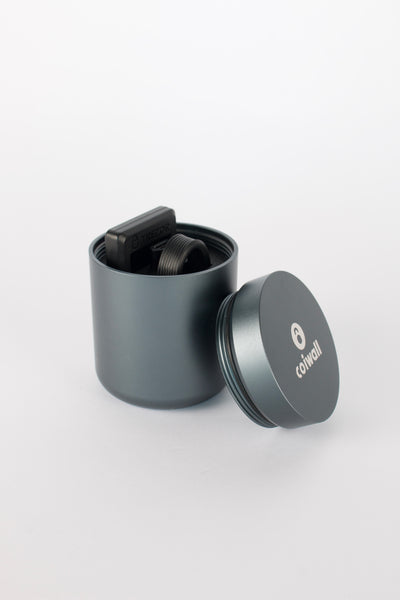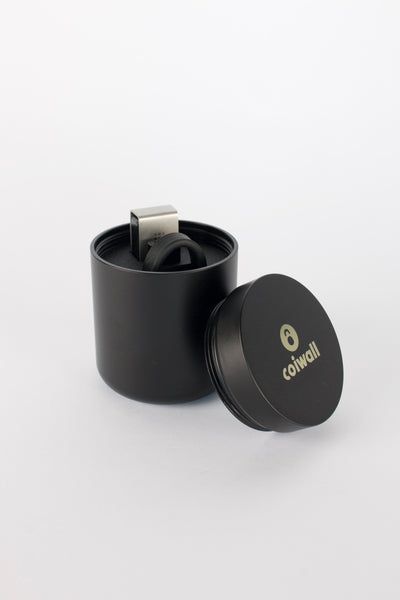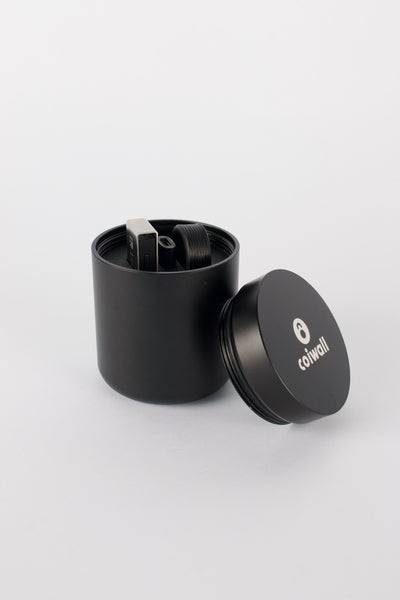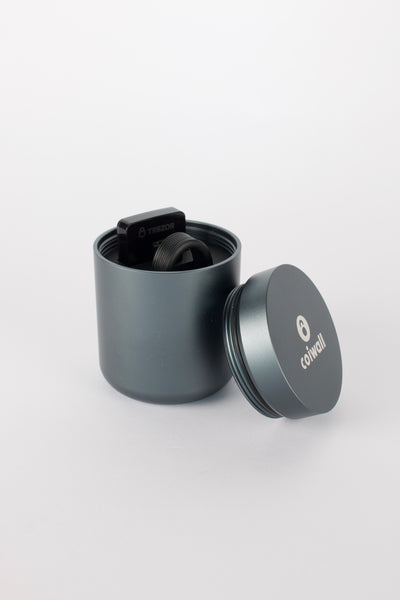If you’ve spent time on a crypto trading platform—Binance, Coinbase, Kraken, or even poked around with a Trezor or Ledger wallet, you’ve probably seen the word “volume” tossed about like confetti. But ask a dozen folks what it actually means, and you’ll get flashy charts, shrugs, or even a blank stare. Let’s demystify this essential term and, while we’re at it, peel back how it shapes the pulse of the entire crypto universe.
Let’s Clear Up the Basics: What Is Trading Volume?
First off, trading volume is simply a measure of how much of a particular asset—Bitcoin, Ethereum, DOGE, you name it—gets traded over a specific time period. Think of it as a headcount for coins that change hands, whether it's a few lonely Satoshis or a flood of tokens during a market frenzy. It’s not about the price itself, but about the action—how many units actually leap from one wallet to another, again and again.
Why does this matter? Well, just as a bustling marketplace signals a healthier economy than a deserted one, high trading volume can be a sign of a market worth watching. It means traders are interested, engaged, and possibly itching to make their next move.
Volume in Action: Beyond the Numbers
Let’s get a bit more concrete. Suppose you’re watching Bitcoin. If 200,000 BTC are traded on a given day, that’s the volume. If only 2,000 are traded the next day? The energy feels different, right? Volume isn’t just a bland statistic; it’s the difference between watching a World Cup final versus a sleepy Sunday league match down at the park.
For example, after a major crypto news event—think a Bitcoin ETF rumor, or a Trezor press release about enhanced wallet security—volume might spike as folks rush to buy or sell. Exchanges like Binance and Kraken often see their transaction counters rattle up like pinball machines the moment something big hits the airwaves.
So, Is Higher Volume Always Better?
Here’s the thing: High volume usually means higher liquidity. That’s a fancy way of saying it’s easier to buy or sell without moving the price too much. For traders, especially those placing larger orders, that’s a big deal. Low volume? You might get stuck waiting, or be forced to accept a price you’d rather not because nobody else wants to play ball at the moment.
But don’t mistake volume for your investment compass. Sometimes high volume comes with wild swings (FOMO, panic, you name it), while steady, moderate volume can signal a maturing asset and strong fundamentals. There’s an art to reading the room.
Volume’s Sneaky Role in Price Moves
Ever notice how Bitcoin seems to lurch up or down out of nowhere? Often, it's volume stirring the pot. Bigger moves supported by heavy trading volume usually have more staying power. Picture a river: If there’s more water flowing, it takes a lot more effort to stop or change its direction. That’s what volume does for trends—it adds momentum.
On the flip side, if prices jump on skimpier volume, it can be a mirage—a move that’s here today, gone tomorrow. Savvy traders watch volume like hawks, waiting for confirmation before jumping on trends. Ever heard of “volume confirmation”? It's just a fancy way for analysts to say, 'Show me the receipts before I believe this rally!'
Volume and Crypto Wallets: What’s the Link?
Alright, let’s wander a bit—what about your hardware wallets? Trezor and Ledger wallets are well known for helping you keep your coins safe. But did you know traders actually pay attention to volume leaving and entering these wallets?
If there’s a huge outflow of coins from exchanges to hardware wallets, it often means folks are planning to hold rather than sell. This trend can lower sell-side pressure (fewer coins available on exchanges), which can influence the market’s rhythm. If coins flood back onto exchanges—well, maybe traders are prepping for action. It's a dance, and volume is the music.
Daily Volume, All-Time Highs, and 'Fake' Numbers
Crypto does have its fair share of quirks. Unlike traditional stock markets, some trading volume statistics aren’t always what they seem. There are bots, wash trading, and all sorts of games—some exchanges inflate their volume numbers to look more impressive than they actually are. That’s why platforms like CoinGecko or Messari try to track “real” volume, filtering out the noise.
Fun fact: During Bitcoin’s bull runs, daily trading volumes have topped hundreds of billions of dollars, surpassing even the New York Stock Exchange on certain days. When everyone’s watching, the numbers get wild!
Volume Patterns and Chart Clues
Let me explain one quick chart tip: If you spot a big price breakout and it’s accompanied by a surge in volume, people often see it as a legit move. If volume slouches while price rockets? A lot of analysts get suspicious, as if someone set off fireworks but nobody showed up to watch.
- High volume and rising price: Momentum might be solid, trend could continue.
- High volume and falling price: Look out! Could signal panic or mass sell-off.
- Low volume and sideways price: Sometimes markets are just…sleeping.
Patterns like the classic 'volume spike after consolidation' have tripped up—or rewarded—countless traders. And every platform, from Binance to Gemini, offers you this tempo at a glance.
Final Thoughts: Why Volume Deserves Your Eyeball
You know what? If you ignore trading volume, you’re basically driving blind. It’s not the only tool in a savvy trader’s kit, but it’s one of the brightest. Just as a chef tastes before serving or a DJ checks the crowd’s vibe, an investor should peek at the volume before pressing any buttons. Plus, understanding all this isn’t just about reading numbers; it’s about feeling the market’s rhythm, knowing when to move—and when to stand still.
Remember, those volume bars tucked under every candlestick chart aren’t just decorations. They’re the soundtrack of the market. Whether you keep your coins cold in a Ledger or actively trade on major exchanges, paying attention to volume might help you catch the next big wave—or dodge a wipeout. Isn’t that what all crypto folks secretly want?











